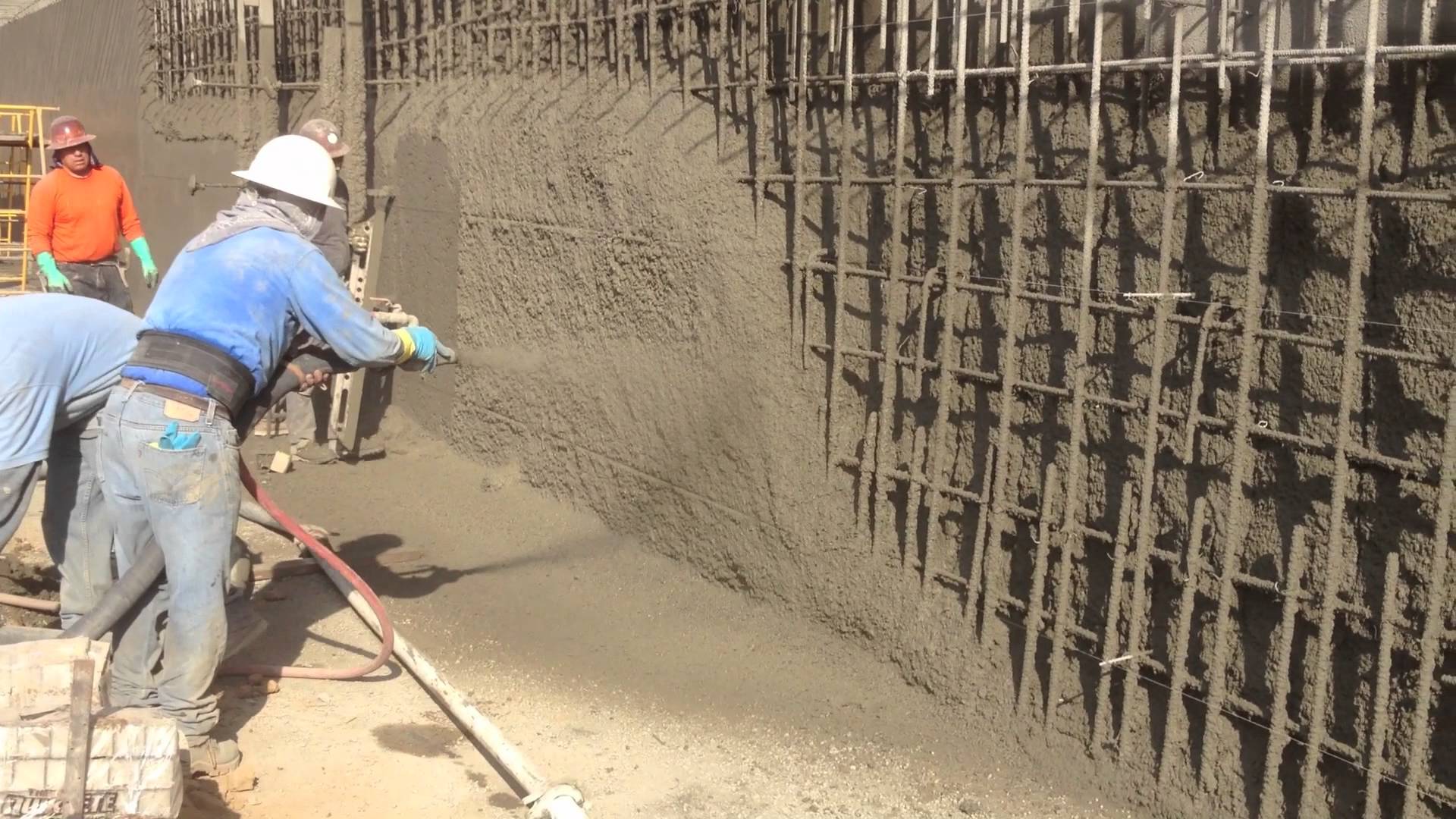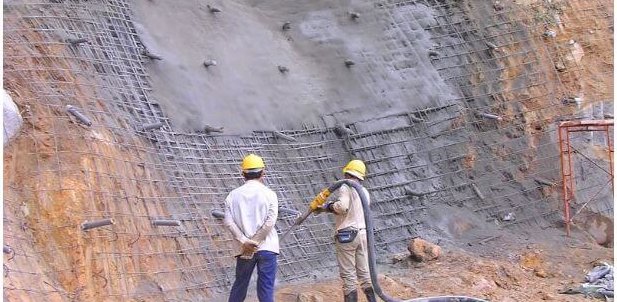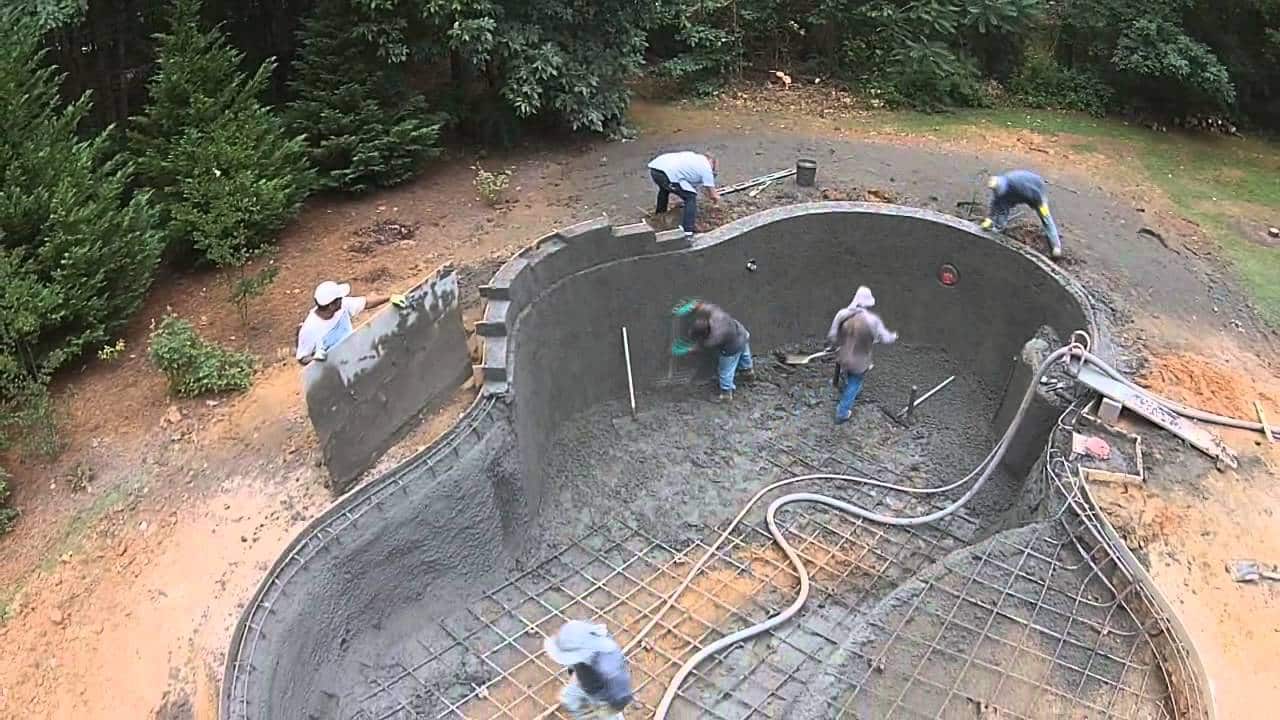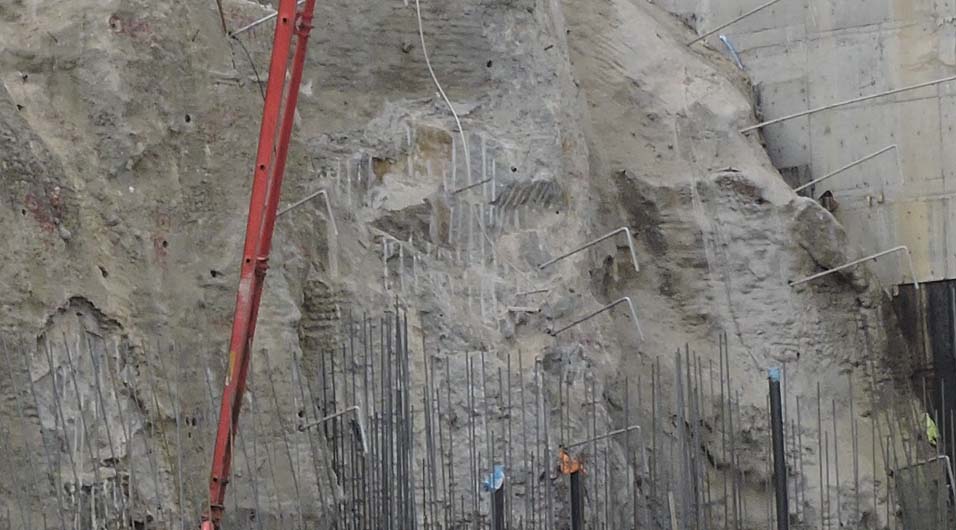Shotcrete is a material that is used in the construction industry. It is a mixture of concrete and aggregate that is sprayed onto surfaces. Shotcrete can be applied to any surface, but it’s most commonly used for building walls and floors.
Shotcrete can be applied to any surface, but it’s most commonly used for building walls and floors. Shotcrete can also be sprayed onto existing structures or surfaces, such as bridges and dams, to repair cracks or prevent further deterioration.
Shotcrete is a type of concrete that is sprayed onto a substrate. It can be applied to many different substrates including steel, wood, plasterboard, and glass. Shotcrete can be used for both interior and exterior applications
It has many benefits including its ability to create strong, durable structures quickly with minimal labor costs, and also protects against fire and water damage

What is shotcrete concrete?
Shotcrete is a type of concrete that is sprayed onto surfaces by a machine. It’s often used for construction purposes but can also be used for other reasons.
Mainly, there are two types. Namely,
- Dry mix shotcrete concrete
- Wet mix shotcrete concrete
Dry shotcrete is less expensive and easier to place than wet shotcrete. Wet shotcrete has more advantages than dry shotcrete because it can be placed in more difficult areas like corners and around obstacles with ease.
Spraying onto surfaces with a high-pressure water nozzle is done. The nozzle sprays the concrete at approximately 40 to 90 pounds per square inch, and it can create a thickness between 4 millimeters and 8 millimeters.
This type of concrete is often used for construction purposes because it’s more durable than regular concrete, and it can create a smooth surface.
Shotcrete as a Construction Method
Shotcrete is typically used to create slabs that are structurally sound and weatherproof. It can be used as an alternative to other methods of building such as brick and mortar, precast concrete panels, and plywood sheathing. Shotcrete can also be used as temporary formwork for pouring other types of concrete structures such as bridges or tunnels.
Shotcrete is often preferred over these other methods due to its speed of installation, low cost per square foot, and weather resistance.

Shotcrete can be applied in a variety of ways.
- sprayed from a nozzle
- pumped through pipes
- hand-applied using a trowel or roller
Advantages of shotcrete concrete
Shotcrete is a type of concrete that is sprayed on surfaces to make them resistant to fire, chemicals, and other hazards.
Shotcrete has many advantages over other types of concrete such as
- Reduced labor costs
- The ability to be applied at any time of day
- It can be applied quickly
- Does not require skilled labor for installation
- Cast-in-place type of concrete that is mixed and poured on-site
- It can be applied in a variety of different ways, such as pouring from a bucket, hose, or pipe.
- Reduced labor costs
- Can be applied as thin concrete
- Thin-set concrete is a type of concrete that is mixed, placed, and finished all in one step.
- it can be easily repaired if damaged during installation
Application of Shotcrete Concrete
It is typically used in
- Tunneling
- Mining
- Underground construction work in areas where it is difficult to transport concrete or set up formwork.

Shotcrete has been used for many years in tunneling and mining projects.
It is an alternative to other forms of tunnel lining such as precast panels and cast-in-place lining.
It has also been used as an alternative to traditional concrete for building houses due to the lack of skilled labor required for installation, its ability to be applied quickly, and its relatively low cost per unit area.
In addition, shotcrete is being used in the following works.
- Repair works in bridges, buildings, marine structures, spillway structures, etc.
- Underground excavation supports
- Slope and surface protection such as soil nailing
- Pools and tanks construction
- Dome construction


![Tunnel Design [a guide to designers]](https://www.structuralguide.com/wp-content/uploads/2019/11/Tunnel-1-1024x599.jpg)